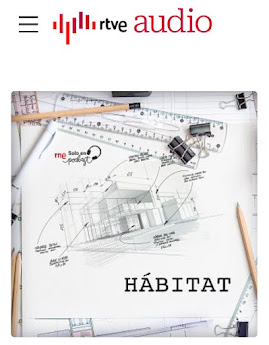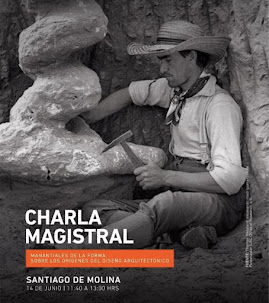Las cejas pueden ser producto de una falta de oficio a la hora de poner las piezas de un pavimento, pero la mayor parte de las veces son solo el signo de que la ciudad se mueve. La acera debajo tiene raíces, humedades y a veces sus adoquines se empujan unos a otros igual que los manifestantes de una aglomerada procesión que no va a ninguna parte. Nadie puede señalizar esos dientes de las aceras con un cartel de peligro, porque supone una búsqueda tan infructuosa como la de una moneda perdida en la arena de la playa. Como mucho, y cuando el daño a algún transeúnte es reiterado o cuando alguna persona mayor sufre un serio tropiezo, la queja se convierte en una llamada a los servicios municipales, que acaban buscando y limando la esquina con una radial como el que desmocha las astas de un toro por miedo a su bravura.
Pese a todo, las cejas no son lo más humillante que puede suceder en una acera. Peor es el adoquín suelto y mal asentado. El adoquín que baila y que acumula de modo invisible agua en un charco oculto como una mina antipersona. En esas ocasiones el suelo nos escupe al poner nuestro pie sobre su traicionera superficie. El salpicado oscuro sobre los pantalones o la falda, la suciedad humillante como la cagada de una paloma subterránea, nos deja malhumorados el resto del día…
En todos esos casos, y tras dos pasos recuperándonos, volvemos la cabeza sin dejar de caminar, escudriñando el origen de la dentellada o el escupitajo, con una mirada retadora e inútil. La cobardía de la figura del peatón es tan legendaria como las espantás de Curro Romero, que no se atreve a volverse para localizar el origen de su deshonra y rematar su ira, aunque sea a golpes vengativos.
Existen millares de esos pequeños demonios urbanos. Menos mal que a veces las aceras nos regalan florecillas silvestres crecidas entre sus grietas. No sé si para compensar. O para hablarnos a través de lo minúsculo de esos detalles de la complejidad del resto de la ciudad y de su paisaje.
These bumps can be the product of a lack of skill when placing the pieces of a pavement, but most of the time they are simply a sign that the city is alive. The sidewalk underneath has roots, moisture, and sometimes its cobblestones push against each other like the protesters in a crowded procession going nowhere. No one can mark those sidewalk hazards with a danger sign because it would be as futile as searching for a lost coin in the beach sand. At most, and when the damage to a passerby is repeated or when an elderly person suffers a serious stumble, the complaint becomes a call to municipal services, who end up searching and sanding down the corner with a grinder like someone trimming a bull's horns out of fear of its ferocity.
Despite everything, these bumps are not the most humiliating thing that can happen on a sidewalk. Worse is the loose and poorly set cobblestone. The cobblestone that wobbles and invisibly accumulates water in a hidden puddle like an anti-personnel mine. On those occasions, the ground spits at us when we innocently step on its treacherous surface. The dark splatter on our pants or skirt, the humiliating dirt like the droppings of an underground pigeon, leaves us in a foul mood for the rest of the day…
In all these cases, and after taking two steps to recover, we turn our head without stopping walking, scrutinizing the origin of the bite or spit, with a defiant and useless look. The cowardice of the pedestrian figure is as legendary as the escapes of the famous bullfighter Curro Romero, who doesn’t dare turn around to locate the origin of their dishonor and finish off their anger, even if it’s with vengeful blows.
There are thousands of these small urban demons. Luckily, sometimes the sidewalks gift us with wildflowers growing between their cracks. I don’t know if it’s to compensate. Or to speak to us through the tiny details about the complexity of the rest of the city and its landscape.



,%20p.%20457.jpg)





















_-_left_hand_screen,%20imagen%20wikipedia.jpg)


































































































